How much savings by increasing thermostat
happs
12 years ago
Related Stories
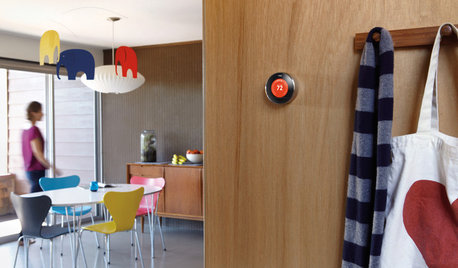
HOME TECHWhy Google Just Paid $3.2 Billion for a Company That Makes Thermostats
Smart home technology just got a new champion — and everyone is speculating about the reasons
Full Story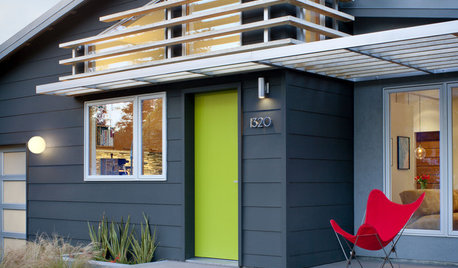
EXTERIORS17 Ways to Increase Your Home's Curb Appeal
The word on the street? Homes with appealing front views can sell faster, lift moods and convey a warm welcome
Full Story
SAVING WATER11 Ways to Save Water at Home
Whether you live in a drought-stricken area or just want to help preserve a precious resource, here are things you can do to use less water
Full Story
GREAT HOME PROJECTSUpgrade Your Windows for Beauty, Comfort and Big Energy Savings
Bid drafts or stuffiness farewell and say hello to lower utility bills with new, energy-efficient windows
Full Story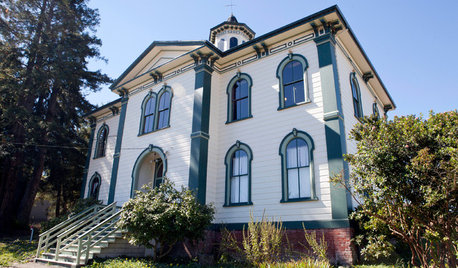
HISTORIC HOMESHouzz Tour: Meet the Schoolhouse Saved By ‘The Birds’
Once featured in Hitchcock’s feathery film, this schoolhouse has stood the test of time
Full Story
LANDSCAPE DESIGNGet Along With Less Lawn — Ideas to Save Water and Effort
Ditch the mower and lower your water bill while creating a feast for the eyes with diverse plantings and gathering places
Full Story
LIFEThe Top 5 Ways to Save Water at Home
Get on the fast track to preserving a valuable resource and saving money too with these smart, effective strategies
Full Story
BATHROOM DESIGNWater Damage Spawns a Space-Saving Bathroom Remodel
A game of inches saved this small New York City bathroom from becoming too cramped and limited
Full Story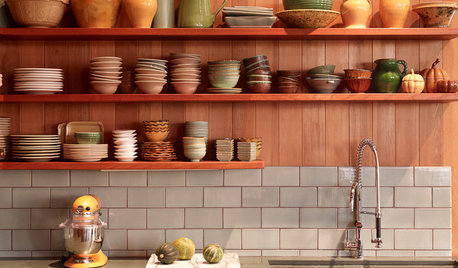
KITCHEN CABINETS9 Ways to Save Money on Kitchen Cabinets
Hold on to more dough without sacrificing style with these cost-saving tips
Full Story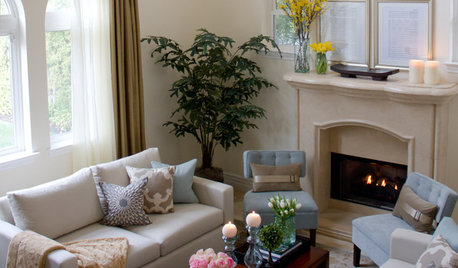
SELLING YOUR HOUSESave Money on Home Staging and Still Sell Faster
Spend only where it matters on home staging to keep money in your pocket and buyers lined up
Full Story






SaltiDawg
veesubotee
Related Professionals
Lodi Solar Energy Systems · Lomita Solar Energy Systems · Alexandria Home Automation & Home Media · Fairfield Home Automation & Home Media · Fox Chapel Home Automation & Home Media · Los Angeles Home Automation & Home Media · New York City Home Automation & Home Media · Plant City Home Automation & Home Media · Ponte Vedra Beach Home Automation & Home Media · San Mateo Home Automation & Home Media · Winchester Home Automation & Home Media · Yeadon Home Automation & Home Media · Columbine Fireplaces · Romeoville Fireplaces · Simi Valley Fireplacesmaryland_irisman
david_cary
maryland_irisman
ionized_gw
maryland_irisman
countryboymo
ionized_gw
windslam
maryland_irisman
david_cary
ionized_gw
maryland_irisman
david_cary
ionized_gw
windslam
ionized_gw
happsOriginal Author
countryboymo
david_cary
mike_home
ionized_gw
david_cary
SaltiDawg
mike_home